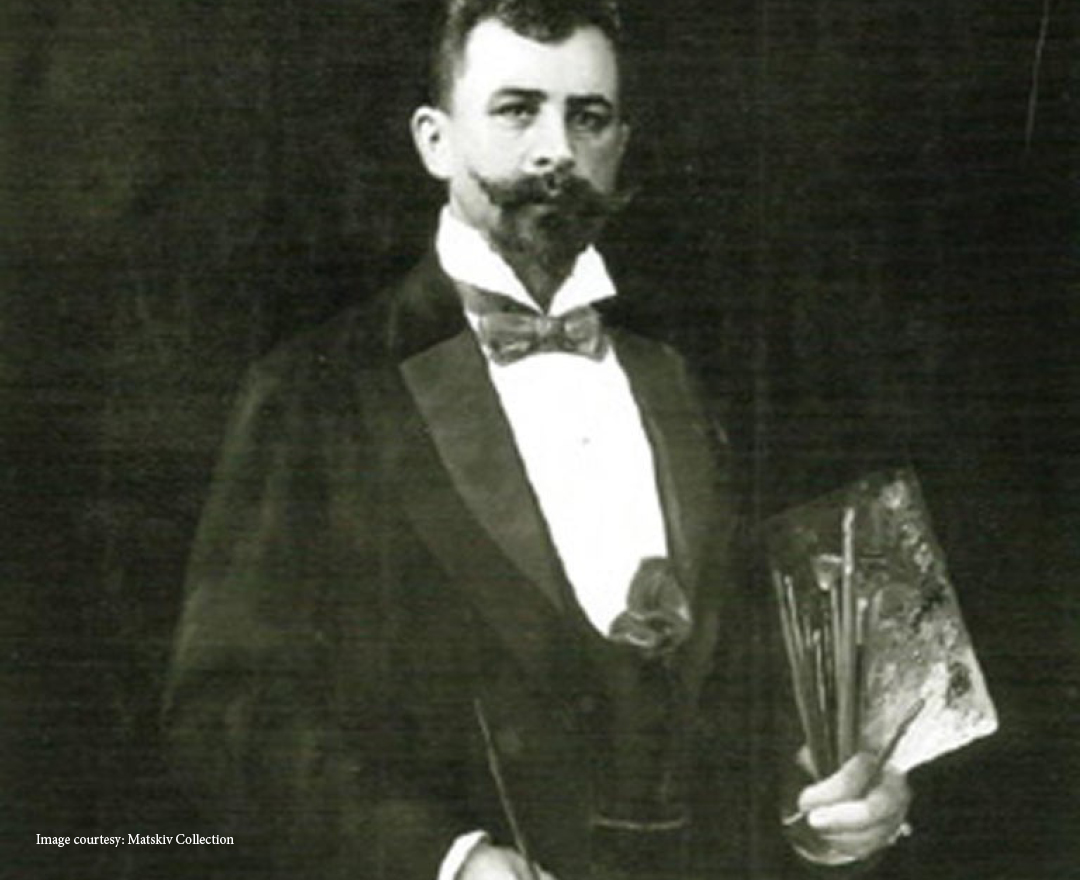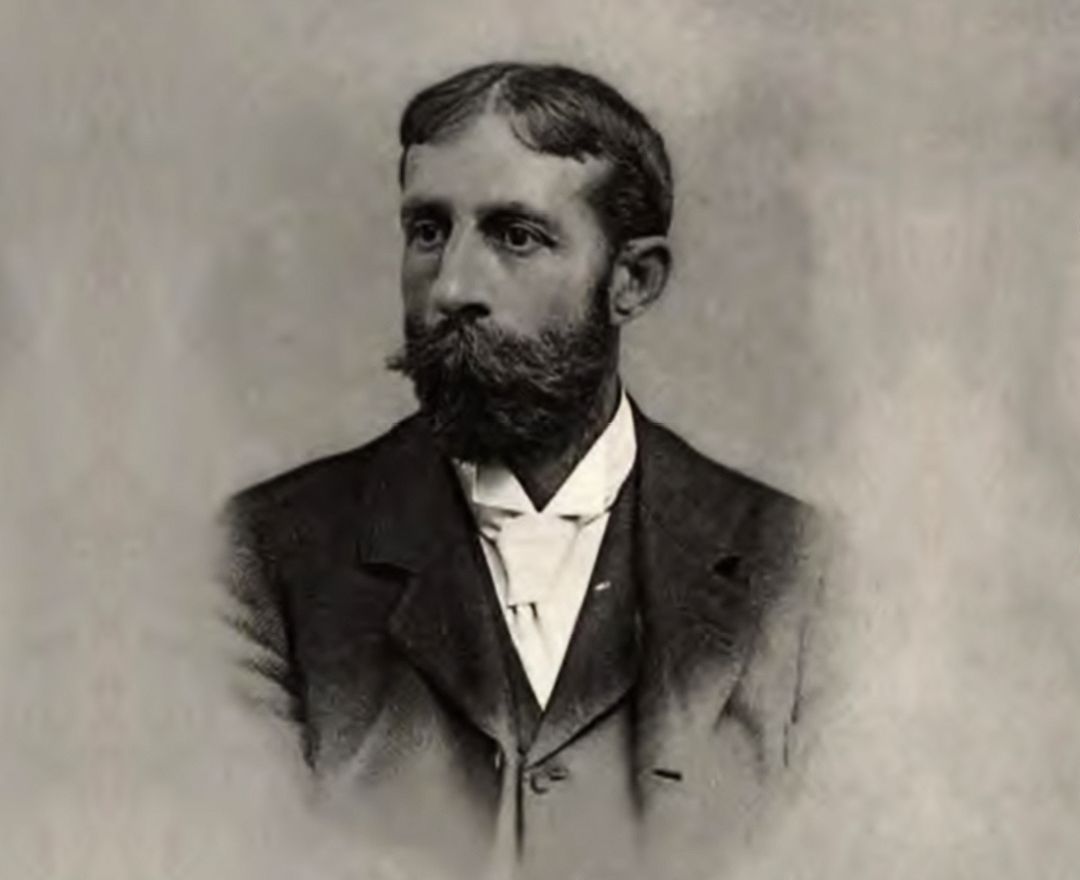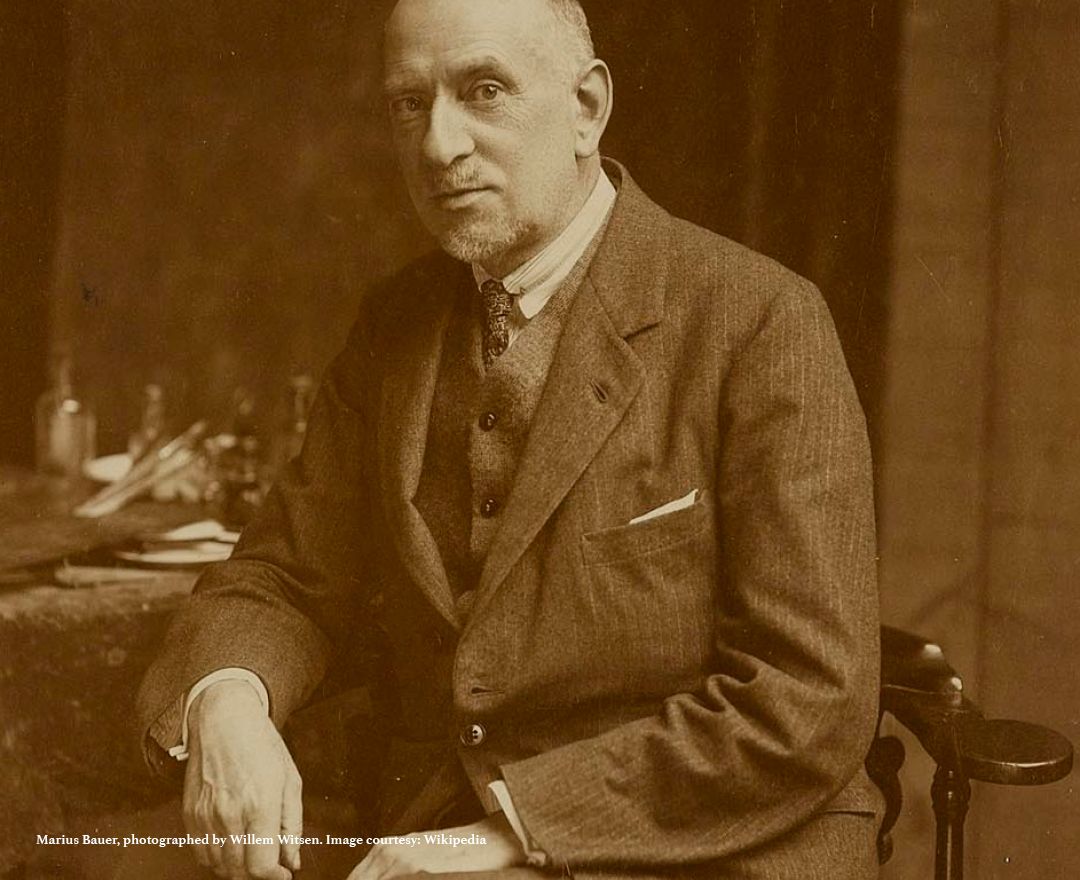Hugo Vilfred Pedersen
Hugo Vilfred Pedersen
Hugo Vilfred Pedersen
|
1870 - 1959 Hugo Vilfred Pedersen |

'Pedersen became a much-favoured portraitist of both Indian and European rulers, which earned him the nickname "The Rajah Painter"'
E. BENEZIT
artworks
notable collections
|
The Royal Collections of the Netherlands |








